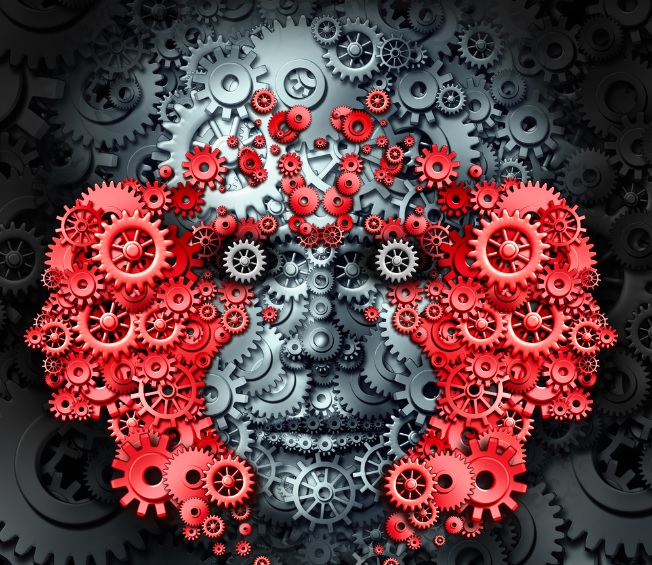Machine learning is coming into a golden age, and with it we’re seeing an awakening of possibilities formerly reserved for science fiction.
Machine learning (ML) is a computer’s way of learning from examples, and it’s one of the most useful tools we have for the construction of artificial intelligence (AI). It begins with the design of an algorithm that learns from collected data, creating machines that in most cases become smarter as data volumes intensify.
We’ve seen a breakthrough in the field of ML in the last five years in part due to the recent wealth of big data streams provided from high-speed internet, cloud computing, and widespread smartphone usage, leading to the birth of the now popular “deep learning” algorithms. Heavily- used applications that have emerged with ML at their core include recommendation systems like those from Netflix and Amazon, face recognition technology as seen in Facebook, email spam filters like those from Google and Microsoft, and speech recognition systems such as Siri.
While the depth of advancement is unknown, what we can say with high certainty is that development in this field in the past five years will be nothing compared to what we’re going to see in the five years to come. Based on machine learning’s current state, here are four predictions of what we could see in the near future:
Image-Based Recognition: The technology for image and video-based recognition is on the horizon, and with it a whole new experience for users. Thanks to deep learning, we are now at the dawn of computers recognizing images, and the people and actions within them, with high accuracy based on the image alone and with minimum reliance on external data. It’s not just new pictures that will become recognizable either, but the entire history of digitized images and video footage. This will massively change how these assets are located and shared online. For example, YouTube might soon intelligently find content related to parts of a clip you watched and liked based only on the visual content of the video itself. The resulting efficiencies in both our work and personal time will be profound.
Healthcare: Machine learning’s ability to analyze and store massive amounts of data should provide physicians with much-needed second opinions and lead to the detection and treatment of medical ailments on a mass scale. Packaged as smart, wearable computing devices, personal health monitors that detect various conditions as they arise should become widespread in the next five years, in a similar fashion to activity trackers like Fitbit. The advancements here could significantly accelerate our human desire to protect our own longevity and create major breakthroughs for the operations of the medical industry.
Travel & Communication: By 2020, real-time translation technology may be fully accessible. We’ll see everything from an app on your phone that instantly translates foreign signs and texts to phone conversations that are immediately converted to a listener’s native language, without speakers even knowing the difference. As globalization booms, the language lines will soon be crossed. Business, in particular, stands to benefit enormously from the advancement here, with tech giants such as Google and Microsoft already taking the necessary steps to build such tools, making the need for a premium multilingual workforce obsolete.
Advertising: Based on recent ML advancements, in just a few short years augmented reality technology should become the commonplace method for integrated branding. This will allow advertisers to seamlessly place products into existing content by properly identifying the depth, relative size, lighting, and shading of the product in comparison to the setting. This essentially makes any historical video property available for integration. The computer vision technology firm Mirriad has already been heralded (and won an Oscar) for its advancements in the field. Looking at online video, as companies continue to try and tap into hugely popular amateur content, this technology will revolutionize their capabilities.
So while we have already seen enormous advancements in the fields above of late, a full-scale commercialization of machine learning technologies could be seen as soon as 2020. While I’ve only listed a few predictions above, almost all sectors of the economy stand to benefit enormously from the efficiencies of this new era of machine learning. We are already seeing a swell in consumer demand in experiences that require ML at their core, and the examples above only touch the surface of what is possible. If things continue on the trajectory we expect, the golden age of machine learning might very well make the next five years in technology the most exciting yet.
Mehrdad Fatourechi is CTO of BroadbandTV Corp (BBTV), a media-technology company that builds tools to help content creators grow. He has an in-depth knowledge of digital signal processing, machine learning, and pattern recognition algorithms and has authored several journal and conference papers with the focus on pattern recognition, machine learning, and intelligent algorithms. He previously held positions in the tech/education industry including as a research associate and sessional lecturer at the University of British Columbia as well as being the co-chair of the IEEE Signal Processing Chapter in Vancouver.
VentureBeat's mission is to be a digital town square for technical decision-makers to gain knowledge about transformative enterprise technology and transact. Learn More

